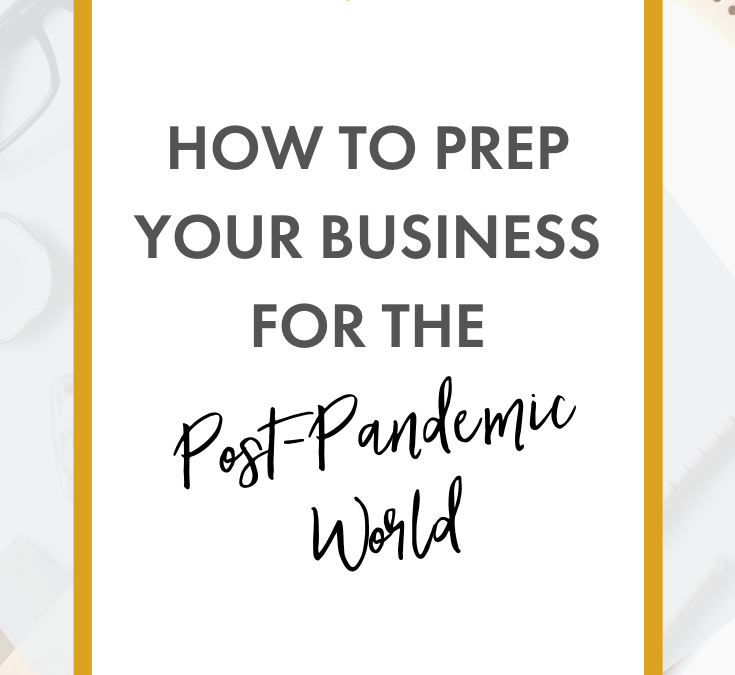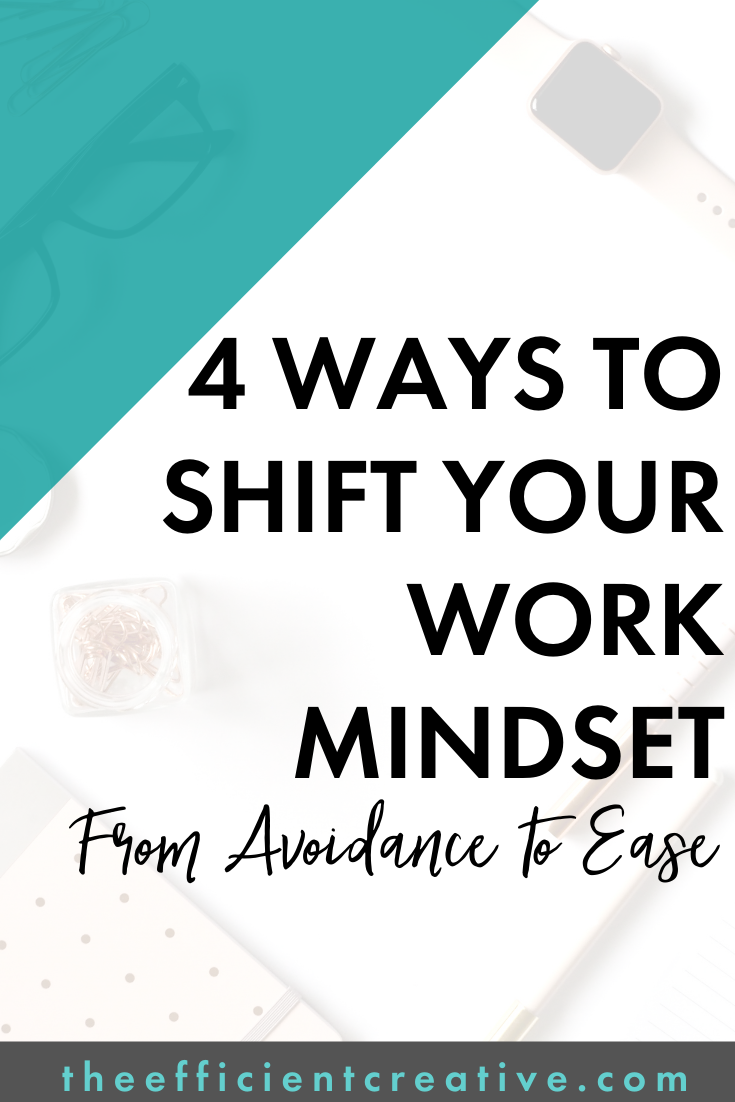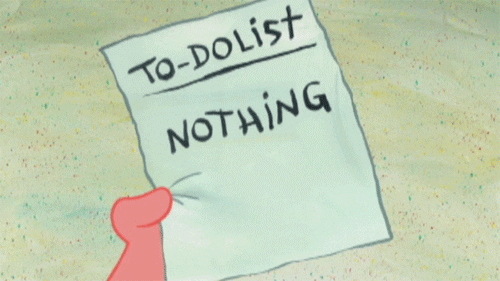Overwhelming Habit 1: Notifications
At the beginning of the year, I switched from an Apple phone to an Android. When I had my iPhone, I had pretty much all of my phone notifications switched off and only allowed the really important ones (phone calls, text messages, and reminders).
But when I moved over to Android, even though I would say “Don’t allow notifications,” I still seemed to be getting notifications from a lot of my apps. Really weird ones that I don’t care about.
Like the fact that some product went on sale at Amazon.
I’m continuing to fine-tune my settings all the time (seriously, Android), but I noticed that I feel physically tense every time I get a notification. Is it something I actually need to pay attention to? Can I ignore it? Well, I guess I’d better check it just to know!
And then once the phone is in my hand, it’s like I think, “Welp, might as well check Instagram.” Ugh.
Notifications may not be a huge deal in the scheme of things, but it’s distracting enough to impact your day, especially if you get multiple notifications throughout the day. I’m definitely not the first person to advise this, but seriously: turn off almost all of your phone notifications. You do NOT need to know the moment every email comes in or someone responds to your Facebook comment.
That almost-insatiable need that we feel to respond immediately to requests doesn’t just rob our productivity, it also contributes to that feeling of being overwhelmed.
When you give a person or thing permission to interrupt you, you’re relinquishing control of your time. You’re basically handing over control in a box with a big red bow. Who is benefiting from this gift? Be discerning with who and what is allowed the gift of your limited time and attention.
Overwhelming Habit 2: Task-Switching (aka Multi-Tasking)
Task-switching is kind of woven throughout all of these habits, but I thought it deserved a mention of its own.
By now, you may have heard people say that “There’s no such thing as multi-tasking.” And while I think that argument is at least partially semantic, it’s a helpful reminder that switching gears from one focus to another is not a seamless process.
It takes time and mental energy to switch focus, so in order to take back a little more control, reduce task-switching as much as possible.
Here’s what this might look like in practice.
I block out my time for the week every Sunday or Monday. But, for some reason, it took me a while to figure out why I wasn’t actually getting 3 hours of work done when I blocked out that time.
The reason? Task-switching. When I stopped doing one job and started doing another, I had to go back and review notes, open new browser tabs, stop and restart my timer app, and so on. We’re not machines. And I wasn’t accounting for that transition time in my schedule, which meant that I always felt a little behind.
Now I make sure to add a little bit of a buffer between my time blocks to account for task-switching time AND get a more accurate sense of how much I can get done in a day.
One popular way to reduce task-switching is with “batching.” In other words, do similar activities in the same block of time (and mark it out on your schedule in advance.)
This may look a little different for everyone, depending on your tasks.
I like to batch my client work together as much as possible. So I’ll do all of my work for client A and client B on Monday, for instance. Then Client C Wednesday, and so on.
But for you, it might make more sense to batch similar types of tasks together. Content brainstorming might all go together, for instance, and you might set aside time to come up with all of your ideas for social media, blogs, and videos all in one day. But then you might save the writing for a separate time when you can just focus on writing itself.
It will probably take a little bit of trial and error to find the right combinations for you, but you’ll feel the difference in your mental energy when you’ve found a good flow.
Are you someone who pushes back at this idea? Are you afraid that reducing your multi-tasking will make you bored more easily? I’d love to know if you’ve tried this before and what your experiences were (positive or negative!) Write back and let me know.
Overwhelming Habit 3: Writing Scrap Notes
Ooh, ok, I can feel a little bit of push-back on this one (maybe that’s all coming from me because I tend to take a lot of scrap notes).
Here’s the thing. It’s not bad or wrong to jot down a quick note on a scrap of paper (especially if you finish with it soon and then throw it away). But if we’re being honest, it’s also not the best habit if we’re trying to reduce mental clutter and overwhelm.
I once took a time-management course that talked about the concept of “gathering spots” and this idea was kinda revolutionary for me. The nutshell version is this: every place (physical OR virtual) where you store information is a place that you then have to keep track of.
So to feel less overwhelmed, reduce the number of places where you allow information to be gathered. This includes every email inbox, every place you store papers, files, digital notes, etc. According to this training, the average number of gathering spots for a person is 30-40. But the ideal number of gathering spots is 6.
When I did this exercise a few years ago, at the time I counted 72 gathering spots. Thanks, ADHD!
And do I have 6 gathering places now? No, I definitely still have more than that, but I’m mindful about keeping my information in one spot as much as possible. A lot of people like Evernote for this because you can store information in a lot of different ways, share it, etc. I personally use GoodNotes instead because their Apple pencil integration was far superior to Evernote for me (and I love writing notes by hand).
I even integrate my bullet journal into GoodNotes! This was kind of a big deal for me, guys. I love my BuJo and I don’t want to give it up. But I also know that I prefer to store info digitally as much as possible.
I set up GoodNotes to house each category that used to be in my BuJo (except for my monthly and weekly trackers, which I still keep in my BuJo because I don’t store them digitally.)
Then I took a photo of each page of my BuJo and uploaded it to the correct category. The awesome thing about this method is that I can toggle back and forth. I can take digital handwritten notes, typed notes, integrate photos, pdfs, etc. Whatever I need in the moment, I can put in GoodNotes AND keep everything organized AND in one spot. Talk about reducing overwhelm.
Overwhelming Habit 4: Social Media
I told you guys up front this wasn’t all hot takes, but don’t click that next button just yet!
Is it surprising to anyone that social media contributes to our feelings of overwhelm? I’m guessing not. Regardless, I hope to share some helpful reminders (or maybe an option you’ve never thought about) for dealing with social media overwhelm.
Whether it’s comparison-itis, Aunt Gretchen’s politics, or that one friend that posts every scary climate change article in existence, there’s no shortage of ways that social media can stress us out.
And while it may not be feasible for us to reduce our social media consumption as much as we fantasize about doing, there are ways to get back some control over it.
-
Use the “unfollow” feature. Liberally. Seriously, if Aunt Gretchen’s posts stress you out, unfollow them. This doesn’t mean unfriending her (and then incurring her wrath about it at Thanksgiving), it just means managing your settings so that you don’t see what she posts. Out of sight, out of mind.
-
Use an app to block certain keywords from appearing in your feed. I used an app for a while called Social Fixer that worked pretty well to block out election-related posts. But there are more out there. Here’s a post that lists a few to try out (it’s not a brand new post so caveat emptor).
-
Give your phone a home (other than your pocket). This is one that I’d really like to do more often. When you’re at home, consider housing your phone on a shelf or desk; somewhere where you’re not tempted to reach for it at every opportunity.
Overwhelming Habit 5: Putting Out Fires
This goes back to habits 1 and 2 (notifications and task-switching), but, again, it needed a special mention.
When you’re the boss, it can be easy to wind up spending your whole day putting out fires: those little tasks that pop up that feel like they demand immediate attention. And when you spend all day putting out fires, you might be getting a lot of work done, but it’s reactionary work. It is not business-building work.
That may be fine from time-to-time, but you will feel the pain if you let your business building work fall to the wayside.
To avoid building a habit of putting out fires, I suggest developing a system for incoming requests. It might look something like this:
-
Schedule your inbox check-in times in advance (allowing enough time in this block to send quick responses).
-
At your inbox check-in time, go through and process your new emails.
-
If a response will take you less than 3 minutes, go ahead and do it.
-
If responding/resolving will take more than 3 minutes, then don’t respond immediately. Instead, decide three things: what needs to be done, when it needs to be done, and where the email’s home is.
Here’s how this might look in practice. I set up filters on my inbox that automatically label emails by their category (each client, mastermind groups, etc.) So already, my emails are going to their appropriate “homes” for easy reference (even though they’re still coming to my inbox).
When I check my email, if it’s something that needs to be done later, I add a label: “Kate To Do”. I colored that label red so that it stands out to me when I’m glancing through my inbox.
So at a pre-scheduled time each day/week I go through the “Kate To Do” items and resolve them (and remember to remove the “To Do” label when they’re done.)
You could even break down your “To Do” labels by when the items needs to be done, if you want, like “To Do Monday”, “To Do Tuesday,” etc. Careful not to overdo it with the labels, though. At some point if they become hard to remember or manage, they will cause their own sense of overwhelm!



















